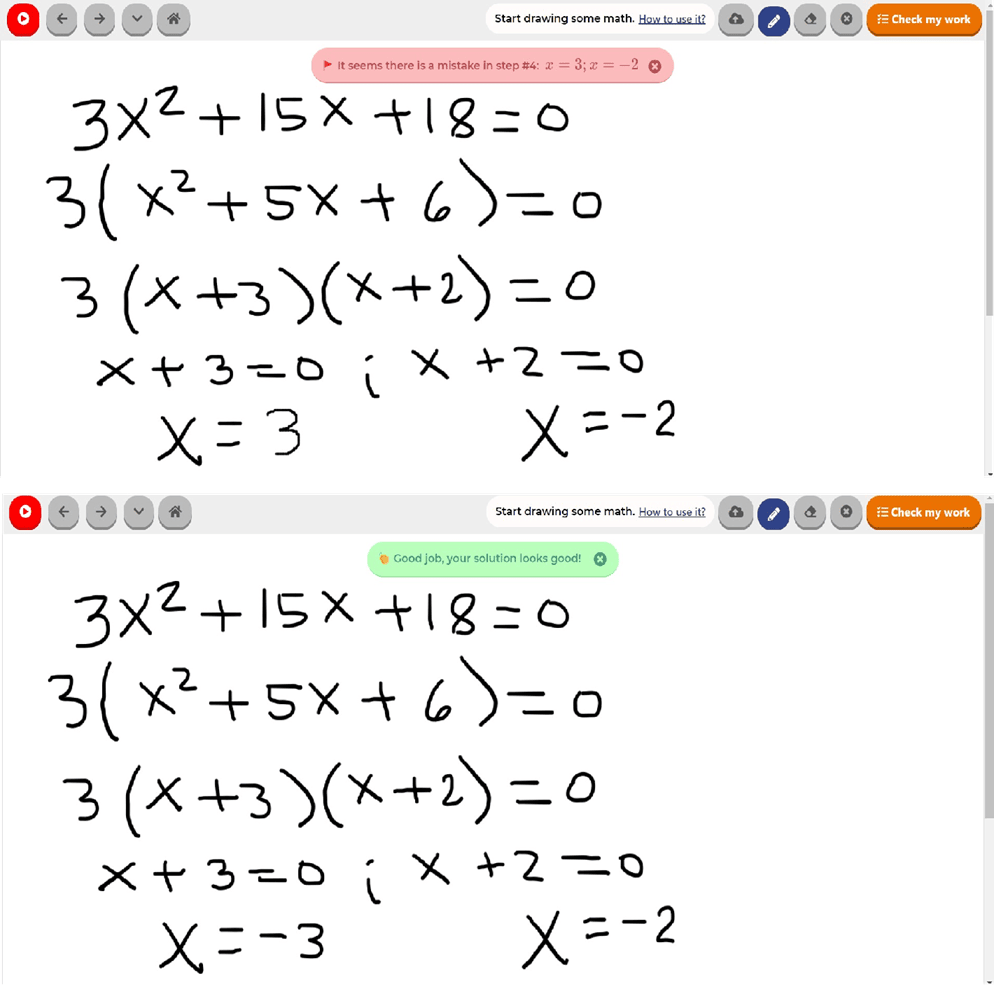Final answer to the problem
Step-by-step Solution
How should I solve this problem?
- Choose an option
- Solve using L'Hôpital's rule
- Solve without using l'Hôpital
- Solve using limit properties
- Solve using direct substitution
- Solve the limit using factorization
- Solve the limit using rationalization
- Integrate by partial fractions
- Product of Binomials with Common Term
- FOIL Method
- Load more...
If we directly evaluate the limit $\lim_{x\to0}\left(\frac{1-\cos\left(x\right)}{x^2}\right)$ as $x$ tends to $0$, we can see that it gives us an indeterminate form
We can solve this limit by applying L'Hôpital's rule, which consists of calculating the derivative of both the numerator and the denominator separately
After deriving both the numerator and denominator, and simplifying, the limit results in
If we directly evaluate the limit $\lim_{x\to0}\left(\frac{\sin\left(x\right)}{2x}\right)$ as $x$ tends to $0$, we can see that it gives us an indeterminate form
We can solve this limit by applying L'Hôpital's rule, which consists of calculating the derivative of both the numerator and the denominator separately
After deriving both the numerator and denominator, and simplifying, the limit results in
Evaluate the limit $\lim_{x\to0}\left(\frac{\cos\left(x\right)}{2}\right)$ by replacing all occurrences of $x$ by $0$
The cosine of $0$ equals $1$
